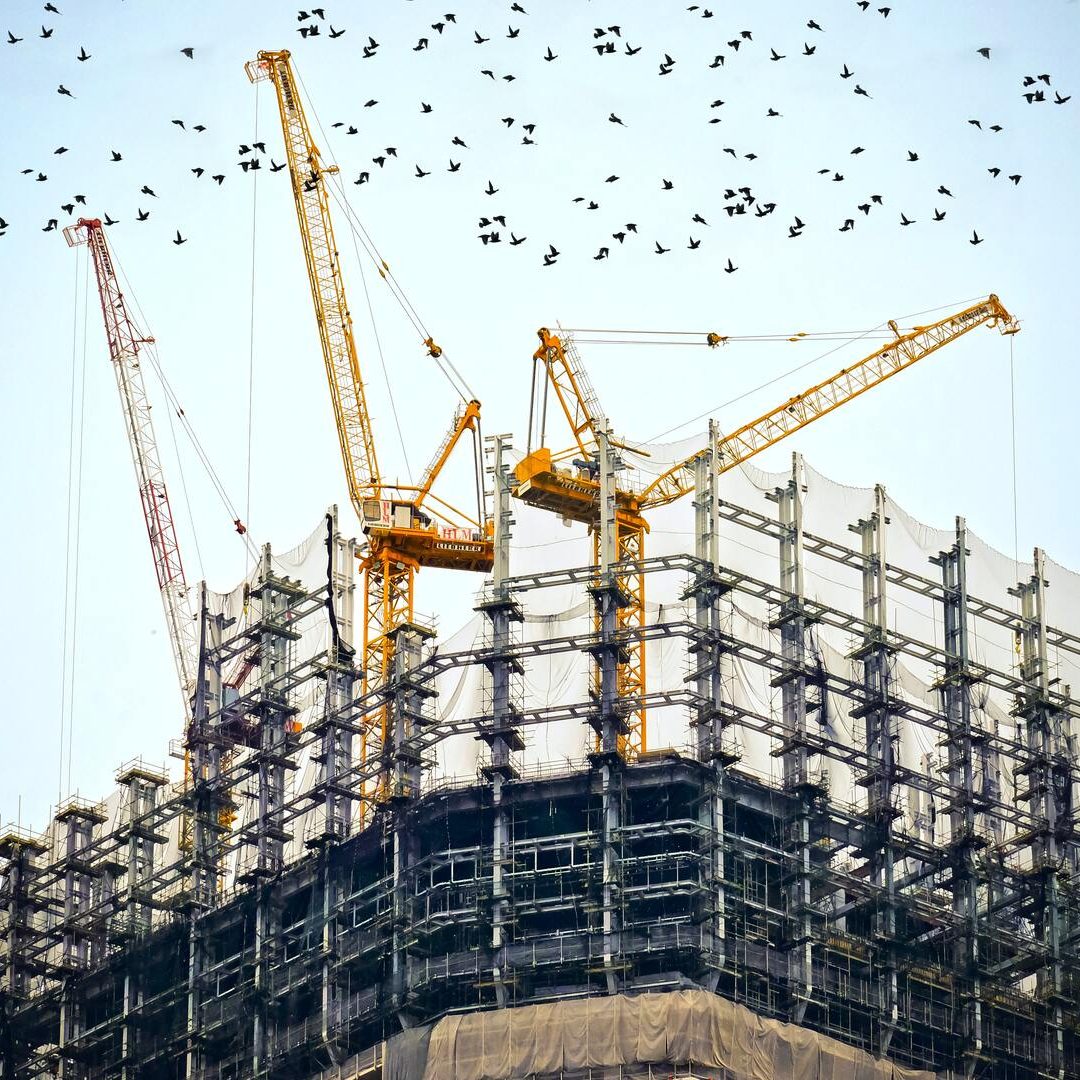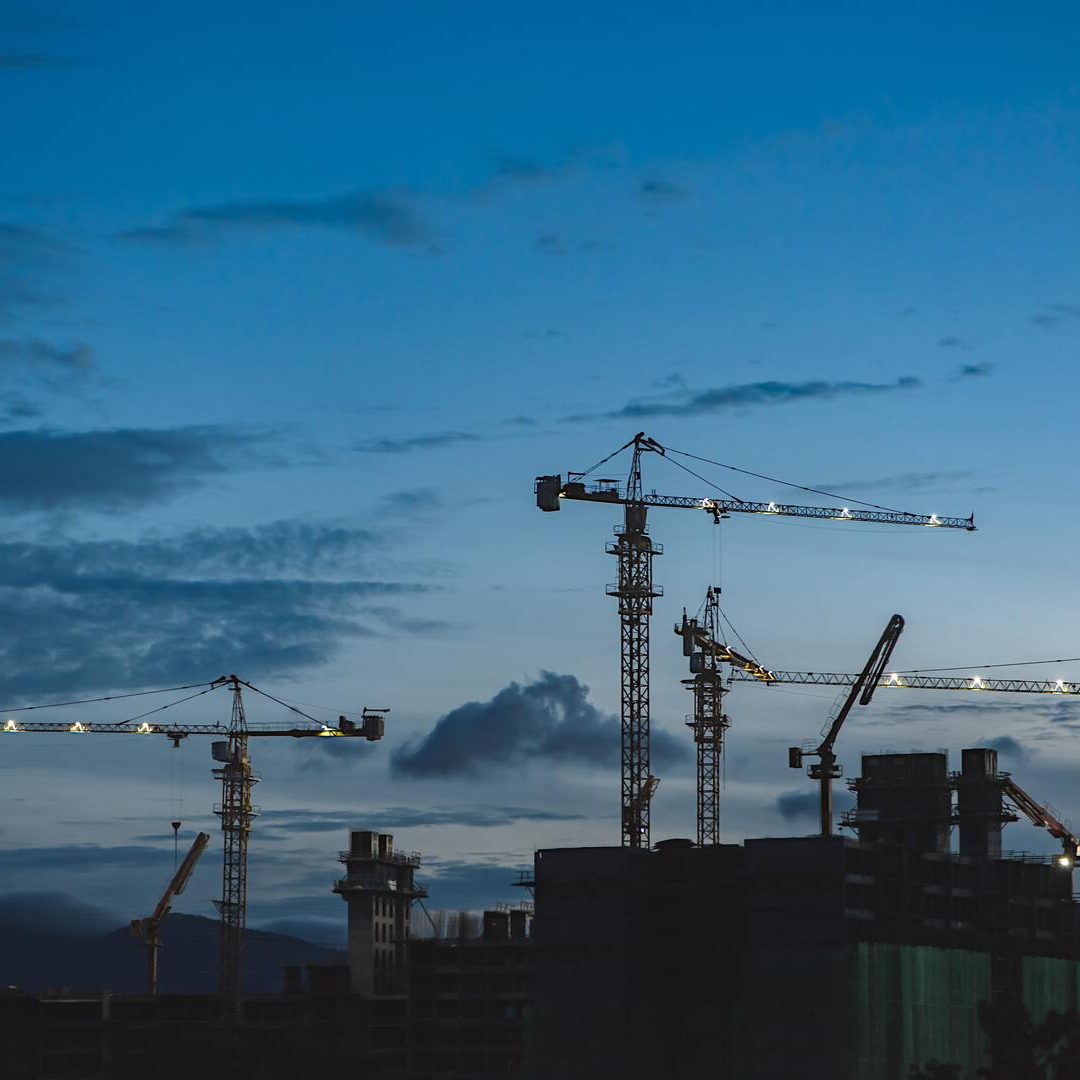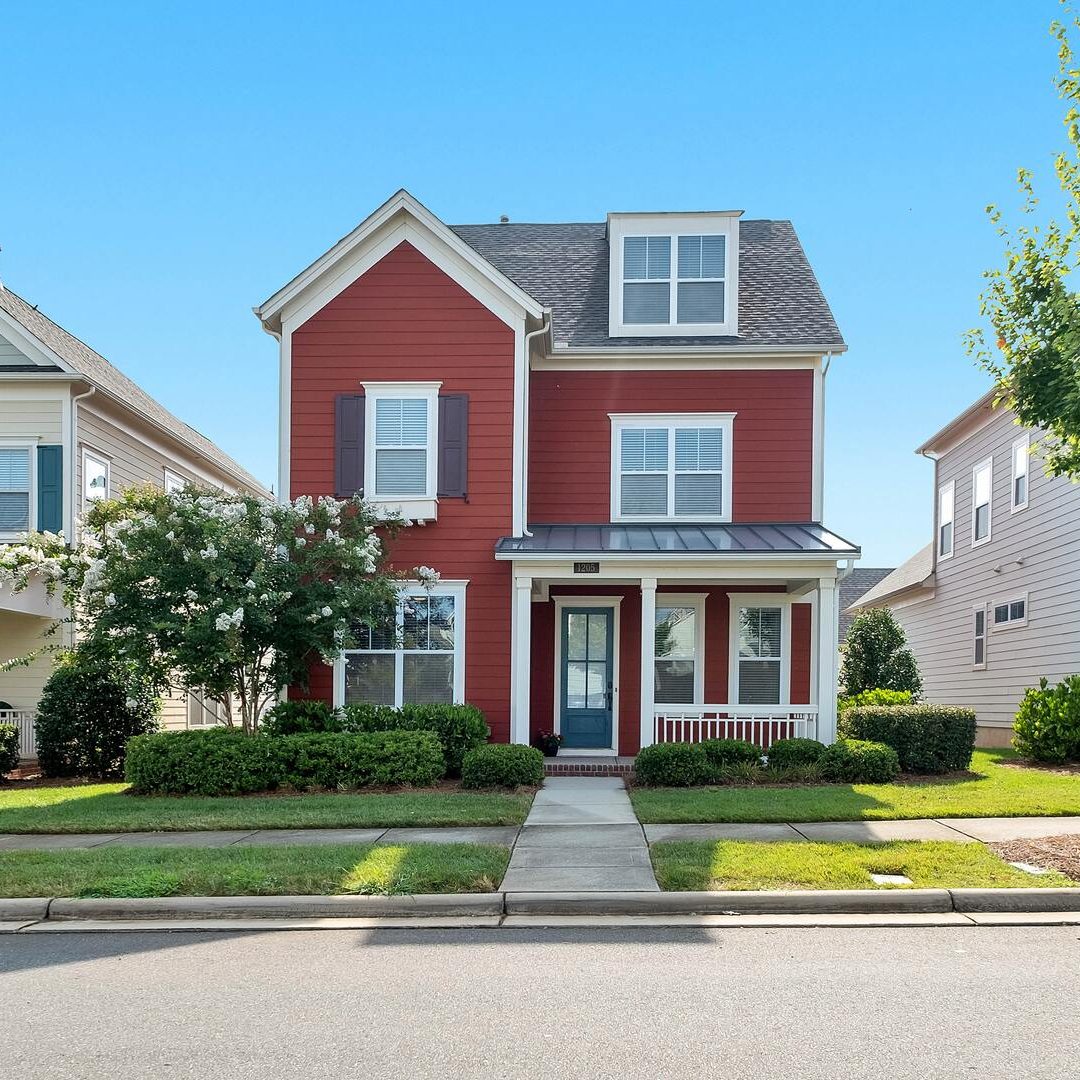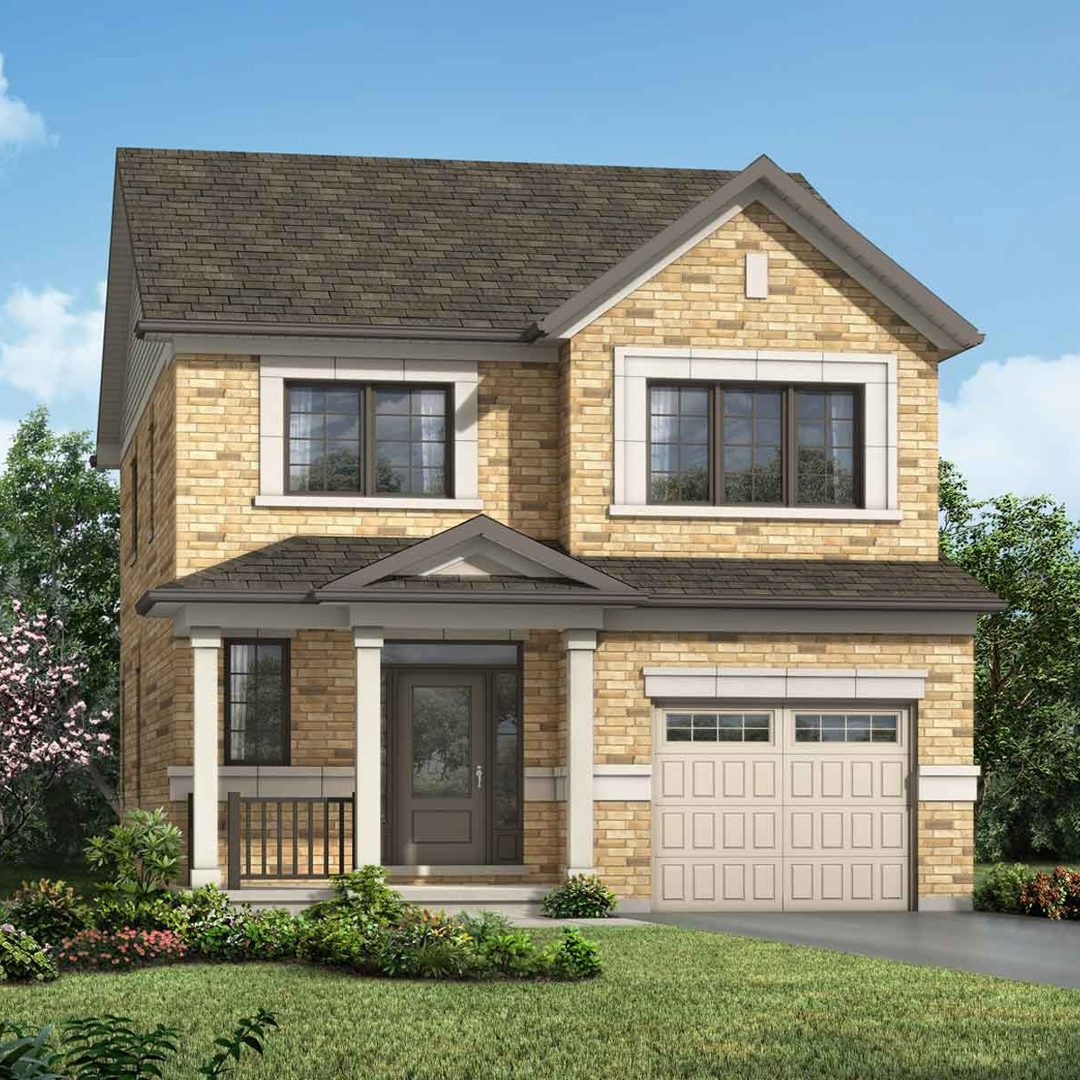New Construction/Preconstruction Homes vs Existing Homes or Resale Homes: The Pros And Cons of Both when Buying A Home In Greater Toronto Area
This question always comes especially in case of first time home buyers, It is a great idea that buyers must consider every available home for sale that comes within their parameters and budget. Each kind of home has its unique charms, newly built homes and resale homes come with different upsides and downsides. As you evaluate whether to choose new construction vs existing homes, here are some things to consider.

Benefits Of New Construction
Modern and customizable floor plans
If you are rich and have a hefty budget you may choose to go for a custom-built home, you’ll work with the contractor to create a traditional or modern layout that works for your life. If you’re buying new construction that’s already been completed or under construction, chances are good the layout will lean to modern, with wide-open floor plans.
Personalized finishes
Even if you’re not getting a custom home, you may be able to upgrade finishes from builder-grade materials if you connect with the builder before construction is completed. It may cost you a bit more, but adding your own personal touches may be worth it to you.
Smart and healthy
“Smart” technology options allow you to automate internet, cable, speakers and even an alarm system. And new homes often use low- and zero-VOC (volatile organic compound) paints and building materials, improving indoor air quality.
Lower maintenance
A newly built home typically requires less maintenance since everything from appliances to the HVAC system and roof are brand new. This means you can better predict monthly homeownership costs, since you’ll likely spend less to maintain your home.
Builder warranties
All newly built homes in Ontario, Canada have TARION warranties that can protect components of your new home for years before you need to undertake any major repairs.
Caters to buyers who value flexibility
The time needed to complete new construction can provide some breathing room if you don’t need to move quickly. You can put an offer on a house that hasn’t yet been built or is in the early stages of construction, and then move in when it’s ready. The timeline doesn’t work for every buyer, so you may have less competition if your moving timetable is flexible.
The Flip Side Of Buying A Preconstruction Home In Ontario, Canada
Higher costs
Due to high inflation and highly increased cost of labour after pandemic in 2020 and 2021 New construction homes are much more expensive than a resale home in greater Toronto area. The gap in price is too high anywhere from 25% to 35%.
The cost differences are likely to grow as builders continue to struggle with labor shortages and supply chain disruptions that have bumped up the cost of labor and supplies and other things like appliances needed for new construction.
Even the cost of closing is much higher as you have to pay to city : Education levies, Development charges and utilities hook up charges.
Longer commutes
New construction of Free hold homes like town or Semi and detached single family homes tends to be built outside urban areas. Here, bare land is more plentiful, but commutes to jobs, grocery and hardware stores tend to be longer. Suburban and rural areas also tend to have fewer nearby options for dining, culture, arts and entertainment than urban areas.

Lack of mature landscaping
New landscaping takes years to grow. Landscaping around a home in a new subdivision where earth has been cleared to make way for homes and yards can feel stark and exposed until plants and landscaping features bring life to the property.
Cookie-cutter exteriors
Builders, especially in planned communities, tend to stick with exterior design styles and finishes that appeal to the broadest range of customers. You may have to rely on post-purchase painting and decorating to stand out from your neighbors.
More waiting and risk of delays
If you’re building a custom home or signing up for a home during the construction phase, it could take several months longer than moving into an existing home. The amount of time will vary by market and builder, so you’ll want to consider budgeting time for potential delays.
Recently we have even seen projects failing in greater Toronto area and builders have not even paid back the deposits for detached and town home projects. The local, provincial, and federal laws are still weak and full of loopholes that you are not fully protected when you book a home for future completion, preconstruction project.

Benefits Of Existing Homes
Move in-ready
It’s less likely that you’ll encounter surprises that push back the day you can move in once you close. Unless you’re buying a fixer or plan to do extensive remodeling prior to moving in, you’ll be able to move in when you get the keys.
Established neighborhood
One of the pleasures of an established neighborhood is the maturity of the trees and landscaping, not only along the streets and in the parks, but also in your neighbors’ yards.
Lower-priced options
Existing homes tend to be much less expensive than new construction. By end large you will save at least 25% to 35% on price.
More location choices
Most new detached or Semi-detached single-family homes are built outside urban areas. Buying an existing or re-sale home in Great Toronto or peel region or Halton region typically gives you far more options when it comes to where to live. You may choose to live near Go Train / TTC Sub way stations, Near Parks and close to highways. You may choose a location so your kids goes to a particular school of your choice.
Fewer decisions
Building a custom home involves a lot of decision-making. This includes everything from the floor plan to interior and exterior finishes and materials. An existing home allows you to focus on the areas that need sprucing up or that you want to customize to reflect your personal style and preferences.
Architectural details and history
Older homes are more likely to have architectural details that would be hard and expensive to replicate. They also sometimes have great stories behind them that you become part of when you move in.
The Flip Side
Outdated technology and fixtures
Old homes can be extremely outdated when it comes to technology, some even having knob and tube wiring dating from the first half of the 20th century. While it’s possible to upgrade wiring and install smart technology to replace old thermostats and lighting, it’s more costly to undo something and then redo it than to install it when the home is being built. On the other hand you may always avoid to such homes and find better ones.
Energy inefficient
Older homes can be poorly insulated and rely on polluting resources such as oil for heat.
Potential for more repairs and maintenance
Unexpected repairs to older appliances, roofing and heating systems can have you spending money where you didn’t expect to. BUT if you are working with good and experienced real estate agents, they may always find you updated and upgraded homes with almost no worries for a very long time.

Picture from Danist Soh on Unsplash
Picture from EJ Yao on Unsplash
Picture from Zac Gudakov on Unsplash

